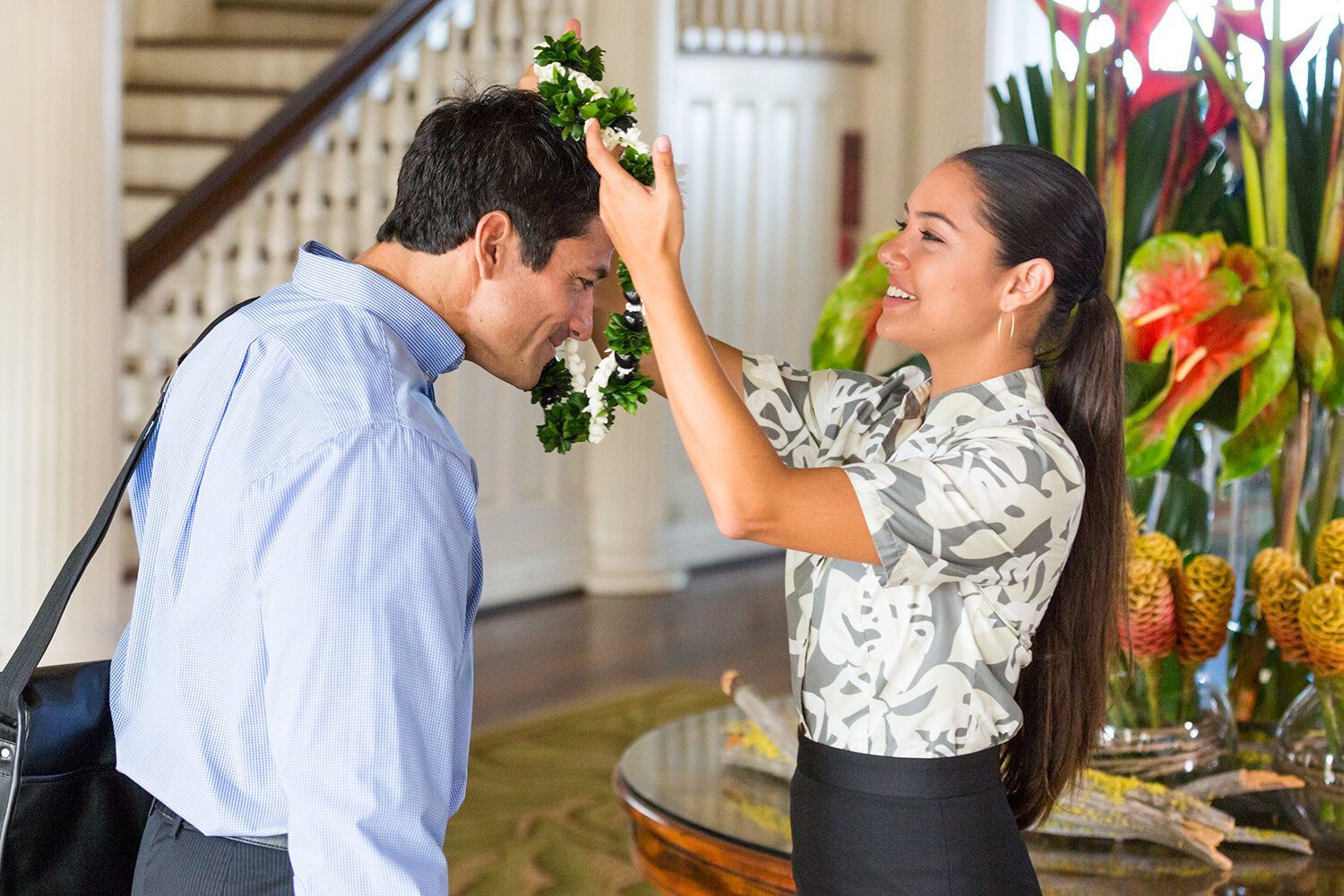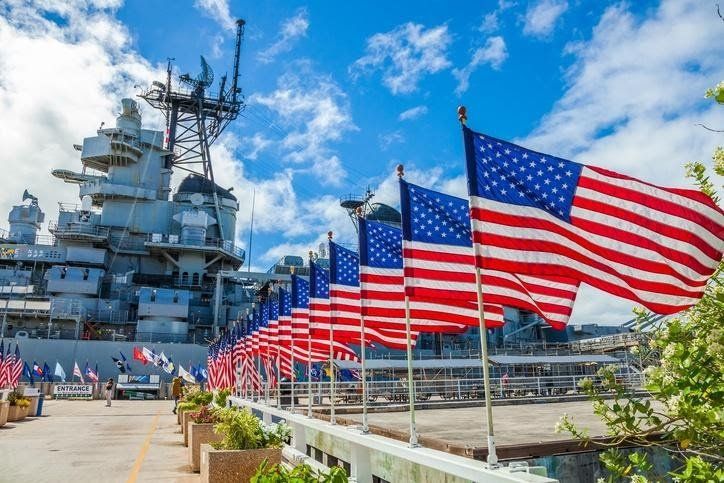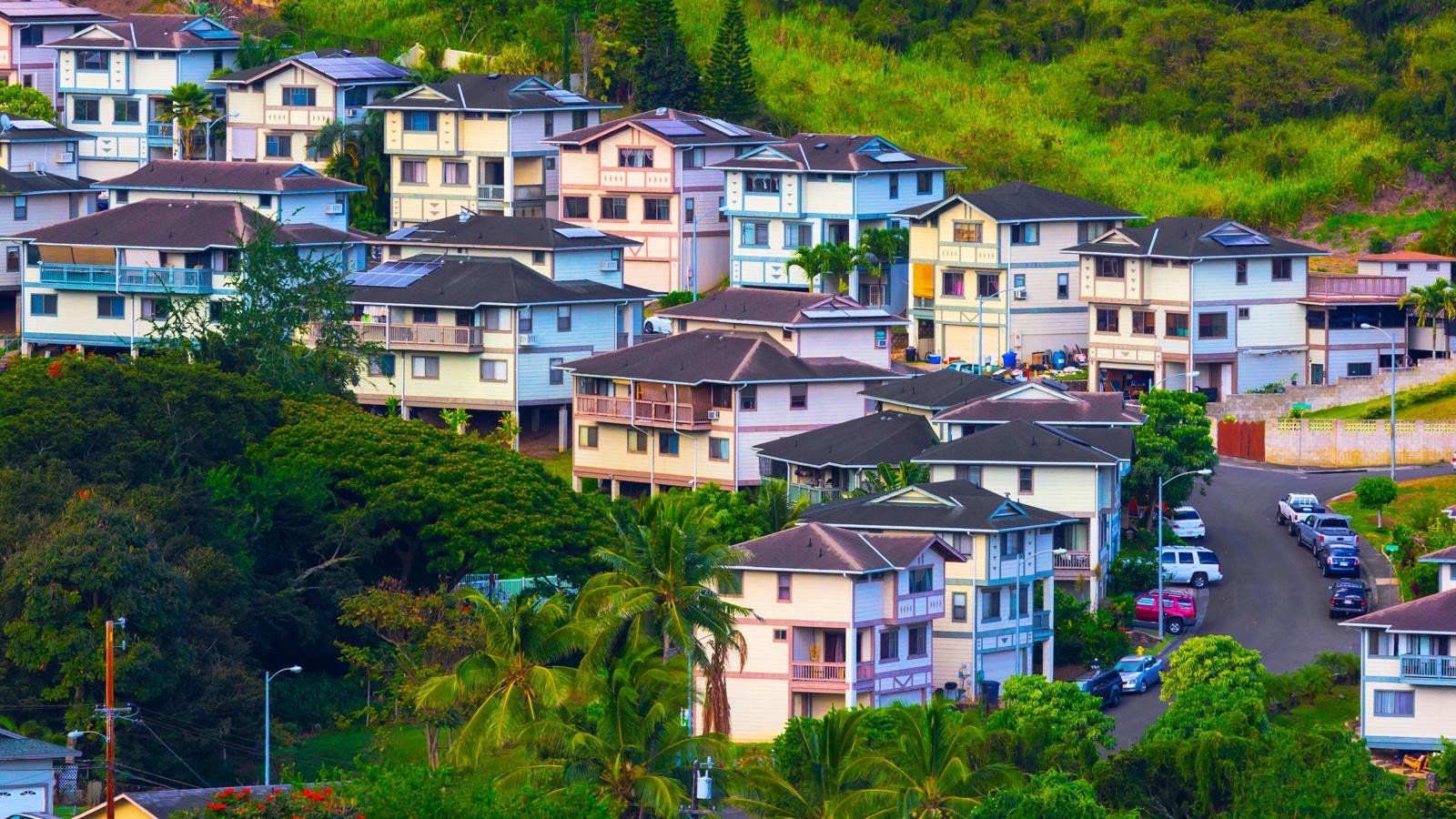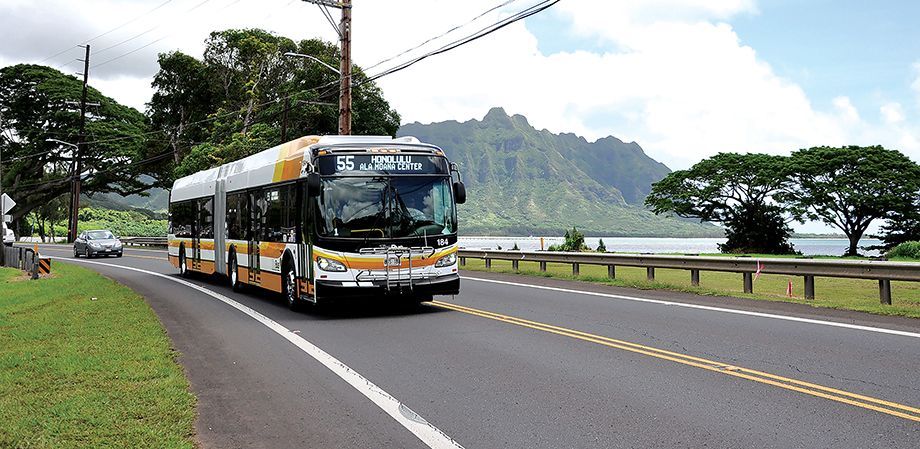Cost of Living in Hawaii for Military Family
Hawaii is one state of the United States that is extremely far from the mainland. However, it holds great importance to the might of the country’s military power dating back to World War 2 due to its strategic location. Now, the state has the largest concentration of military bases and compounds with over 50,000 military personnel assigned.
The military presence is a great boost to Hawaii’s economy, generating almost $15 billion in 2020. The impact to the civilians is in a form of about 100,000 jobs. The number can still be growing and consequently, the cost of living in Hawaii will be affected.
Image Credit: Hawaiilife
Typical Salary of A US Military Personnel
Among all the militaries in the world, the US military is one of the best in terms of compensation. The budget of the Department of Defense dwarfs all other budgets and a portion of that translates to the salary of the soldiers. Being a US soldier, one is not only blessed with many benefits, he/she will also be given high regard from the citizens.
The lowest enlisted rank, E-1, has also the lowest salary. The holders of this rank have just undergone basic training and after 6 months of service, they will be promoted. The base salary at this rank is around $1,554 monthly, as of 2019.
As soldiers in the enlisted rankings can continue to be promoted until they reach the highest enlisted rank, E-9, and their base salary will be $5,580 monthly for those who are 15 years in service. The pay will vary with experience in which those who served beyond 15 years will have $5,758 monthly. Going beyond 20 years can yield a salary ranging from $6,227 to $7,475 monthly.
For the officers, on the other hand, they have an advantage. These are soldiers who have graduated from military academies such as West Point and the lowest officer rank, O-1, can yield a monthly pay of $3,188 monthly. Regardless of the rank and experience, the base salary has a cap of $15,800 monthly. Hawaii has a total of 11 military bases but is the salary of a US soldier enough to cover the average cost of living in Hawaii?
Cost Of Living In Hawaii For Military Family
Military stay in Hawaii encourages soldiers to long for their loved ones. With that, many have decided to have their families transfer to the state. In order to break down the difficulty of such move, let us tackle the standard arrangements of the US military in Hawaii.
There are 2 locations a military family can be relocated. One is within either of the military bases and two is living outside the base, in the military housings. Both have their own advantages and disadvantages.
• Living Within a Military Base
The housing arrangement will be based on many factors. These include rank, the marital status, and the quantity of dependents. Married military members have 2 choices: living on base or living outside with the help of BAH or ‘basic allowance for housing’. Those who are willing to live inside, they will have to give up the BAH since almost all necessities and utilities are covered.
The only civilians allowed to enter the military base and live inside are the military spouses and dependents. Other than that, civilians can enter if they are authorized visitors with legal identification documents. Military personnel will escort the said visitors.
Living in a military base is similar to renting a place but in a much secured compound. If something needs to be fixed, you have people who’ll do it for you. You can paint the walls but upon moving out, you’ll need to repaint them again. The cost of living in Hawaii military bases such as Schofield Barracks, Marine Corps Base Hawaii (MCBH) Housing Kaneohe, Hickam Communities, Island Palm or Forest City, are typically free.
You can add some items inside from your own money, but the residence is not permanent. Additionally, you are obliged to take part in the community since there are no fences involved and the residents can easily interact with one another.
• Living Outside a Military Base
As mentioned, for those who will be living outside, each military family will be given BAH or ‘basic allowance for housing’. The military employee is required to report for duty, but the spouse and/or dependents cannot enter the base unless declared as visitors.
With numerous scenic spots outside, from land formations to bodies of water, the BAH may seem like a Hawaii vacation cost. However, do note that the amount is limited according to the military employee’s pay grade. If you are looking for a place to live, there are tons of options.
Since not all of the family members moved to Hawaii on their own accord, having a friendly environment is very helpful. Oahu is Hawaii’s melting pot of different cultures and can be a great place for various forms of interaction.
Living outside the base is like living as a resident of Hawaii. You can purchase anything at any time of the day and conduct freely however you want. You will also have an option, aside from the offered military housing, to rent or buy a home. This can be a great investment if done right.
Image Credit: Hawaiilife
Frequently Asked Questions
Living inside a military base somehow lessens almost every cost of necessities and is also rent fee. But that doesn’t mean that the spouse or dependents cannot shop for houses outside the base.
With their benefactor’s military stay in Hawaii, they can opt to go out and live outside the base with the proper procedures. Now that they will be living just like the Hawaiian citizens, there’s no doubt they are already thinking how much it really costs to live in Hawaii.
Cost of Living In Hawaii For Military Family Compared To Other States
Although the cost of living in Hawaii is very high, the number of military personnel living in the state is increasing annually. As of 2020, the military population in Hawaii comprises more than 10 percent of the whole population. If you are curious how living in Hawaii does compared to living in other states as a military family, here are the comparisons.
• Cost of Living In Hawaii VS Florida
Let’s compare the cost of living in Hawaii VS Florida. Both are, more or less, similar but there are more housing opportunities in Florida. The Florida Housing Finance Corporation has launched a program to assist soldiers, both active and retired, to find and obtain permanent housing. This is called “Salute Our Soldiers Military Loan Program”. It may be a loan, but it will be helpful in the future.
• Cost of Living In Hawaii VS Michigan
If comparing the cost of living in Hawaii VS Florida doesn’t convince you, maybe matching the cost of living in Hawaii VS Michigan does. In Michigan, the state offers special benefits for both the military members and veterans including property tax exemptions and employment assistance. In short, Michigan is affordable.
• Cost of Living In Hawaii VS New York
If we estimate the cost of living in Hawaii VS Michigan VS New York, the cost of living in the state of New York is definitely higher. This is due to the fact that New York City is the most expensive place to live in. The estimated monthly cost for a family of 4 is $ 4,900 without rent.
• Cost of Living In Hawaii VS Illinois
The state of Illinois offers the same military benefits in the states New York, Michigan and Florida. But if we compare the cost of living in Hawaii VS Chicago, the numbers are somehow similar. A family of 4 has an estimated monthly cost of $ 3,700 without rent.
• Cost of Living In Hawaii VS Texas
Associating the cost of living in Hawaii VS Texas, the latter has more advantages. Texas has the largest military community in the whole country and 6 places are highly regarded as the best places for military personnel to live in.
These are Laredo, Corpus Christi, El Paso, Lubbock, San Antonio and Arlington. How about Dallas? If we compare the cost of living in Hawaii VS Dallas, the latter may be 2 percent higher than the national average but the former is so much more.
• Cost of Living In Hawaii VS California
Relating the cost of living in Hawaii VS California, both seem to be close enough. Hawaii relies more on tourism while California has Los Angeles City. If we compare the cost of living in Hawaii VS Los Angeles, the latter relies on technology and show business. That progressiveness translates to an estimated monthly cost of $ 3,800 for a family of 4, without rent.
Conclusion
If you are part of the military force, transferring with the family may be very difficult and uncomfortable, but that can be the best choice for your budget and relationships. Hawaii may be expensive, but your spouse and dependents can manage to work it out. The sceneries alone make you think that beyond the many military bases, there are
islands of paradise.
















